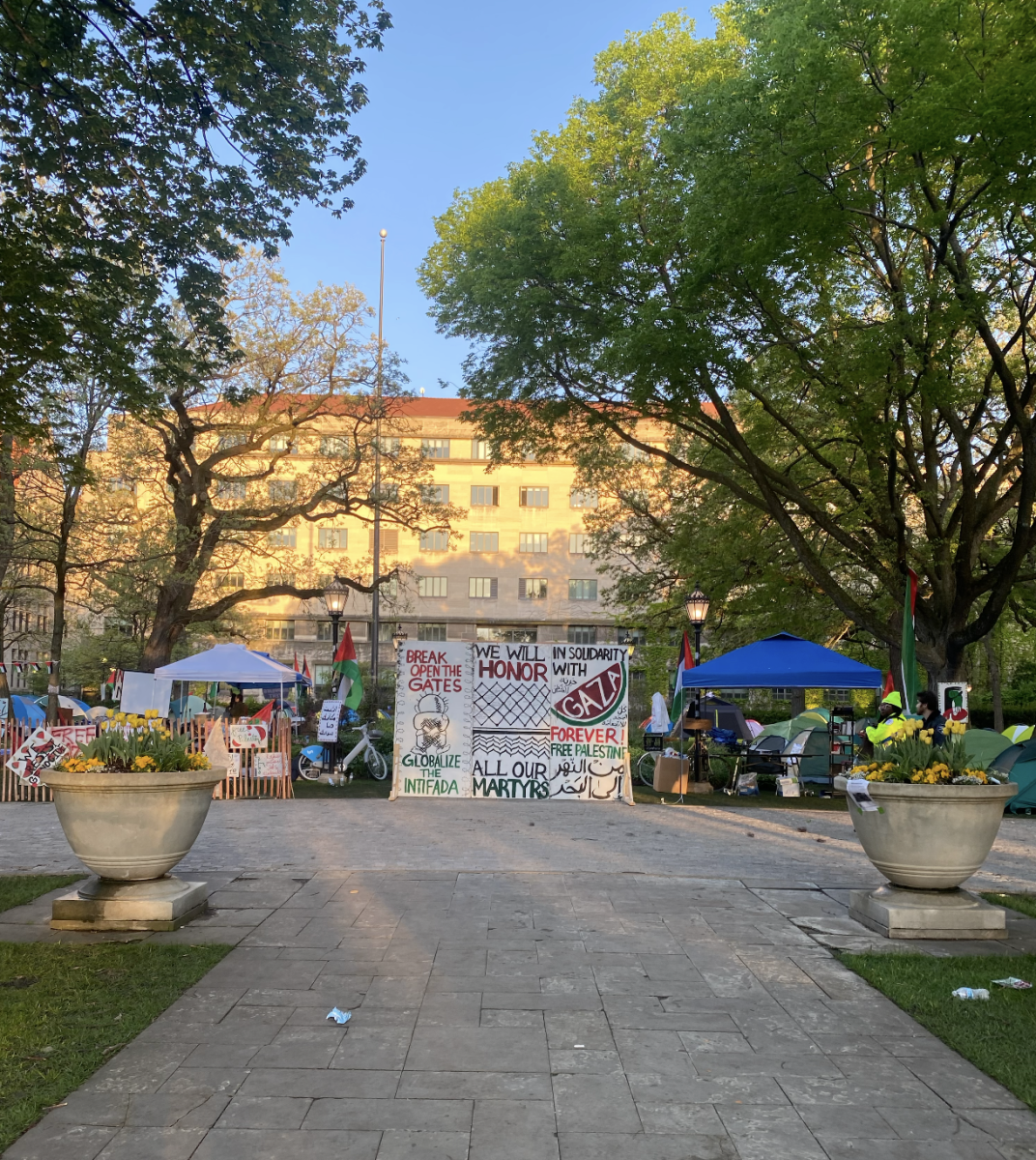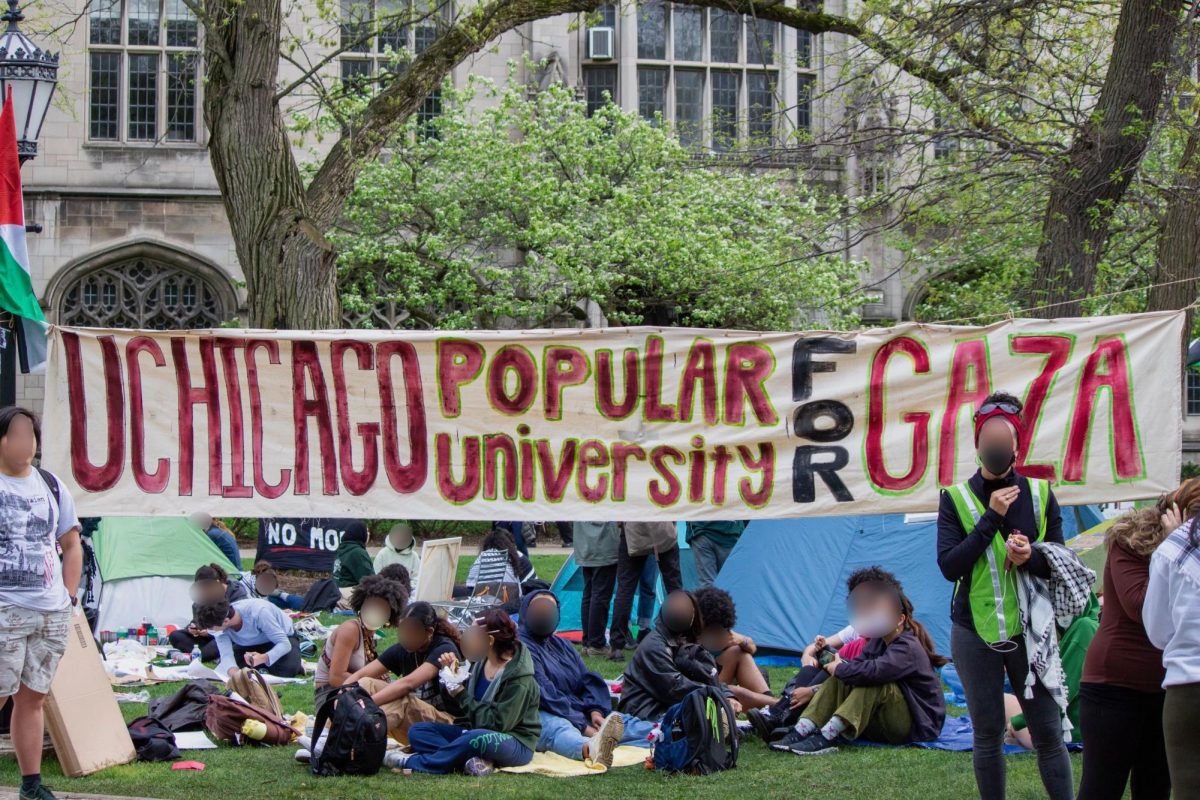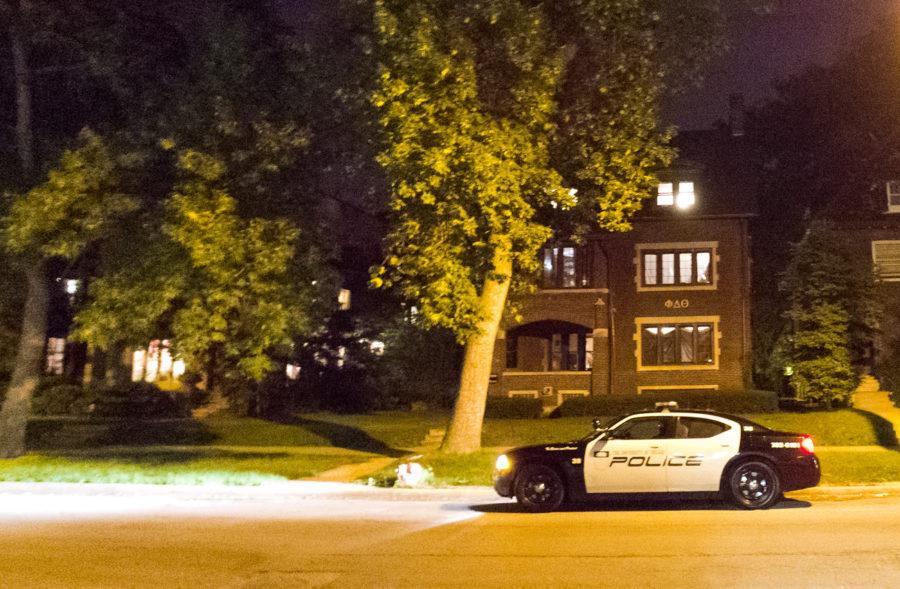Maybe you don’t quite see it now, but there will be many moments in your future when the persistent, healthy need to get the hell out of Hyde Park will strike you. You will no doubt be told many numbers and colors this O-Week—including but not limited to 2, 6, 55, red, green, and blue—that will aid you in fulfilling that very need.
“But what if I don’t want to go the Loop or the North Side?” you may wonder. First of all, that is an excellent question. Secondly, there’s no need to thumb frantically through your O-Book looking for the answer, because not only is it not there, it’s also right under your nose. Chicago may be your new city, but the South Side is your new home, and you’d be silly not to spend some of the next four years getting to know it.
From the mid-19th century to the Second World War, the South Side was a burgeoning industrial hub. Steel, meat-packing, and manufacturing drew huge immigration to neighborhoods south of what is now the Loop. Formally stretching from Bronzeville in the north down to South Shore and Greater Grand Crossing, the South Side quickly became home to working-class Irish, Italian, and Eastern European immigrants, as well as African Americans leaving the South.
Consequently, the South Side has a long history of cultural plurality, which is particularly evident in its rich, diverse artistic tradition. Richard Wright’s Native Son, James Farrell’s Studs Lonigan, and Upton Sinclair’s The Jungle are must-reads for those who seek a survey of South Side history that spans neighborhoods and nationalities. Hyde Park itself was, in the 1950s and 60s, at the center of an artistic movement which loosely mirrored the Harlem Renaissance and coincided with the prominence of writers such as Gwendolyn Brooks and Margaret Burroughs, and artist Gordon Parks. The South Side was also the nation’s first home for music put out by black-owned record labels. Chicago blues, R&B, and Soul music flourished through the 1960s, with the famed “Record Row”—collectively the spiritual precursor to Detroit’s Motown Records—once only a few blocks north of campus on South Cottage Grove.
Today, owing to industrial flight from the city, the South Side is less densely populated. It is now predominantly African-American, as well—over 90%, by most estimates. Many noteworthy attractions in the region pay tribute to the history and artistic achievements of the South Side’s majority community. For one, be sure to check out the DuSable Museum of African American History, just steps from campus on the edge of Washington Park. Also worth a visit are the South Side Community Art Center, the nation’s first black art museum, and the Bronzeville Children’s Museum, which is still the only African-American children’s museum in the U.S., and which you are not too old for.
There also remain a fair few ethnic neighborhoods in the South Side. Chinatown, straddling Armour Square and Bridgeport, features the renowned Chinatown Mural and the Chinese-American Museum of Chicago, which houses a permanent exhibit on Chinese immigration to the Midwest. Pilsen, once largely Czech, is now a diverse, majority Latino neighborhood. Attractions include the National Museum of Mexican Art, as well as the always delicious Nuevo Leon Restaurant.
If you’re hungry and happen to have access to a car, there’s no shortage of good eats to be had on the South Side. Calumet Fisheries on East 95th Street in Calumet Heights serves up smoked fish that’s worth both the trip and the unmistakable smell it leaves behind. But if the CTA is all you have at your disposal, great soul food awaits in Greater Grand Crossing, only a short bus trip south. Take the #3 to Soul Vegetarian, which is paradoxically a vegan soul food joint, or take the #4 down Cottage Grove to Barbara Ann’s, open til 3 a.m. on weekends, for the best hot links you’ve ever tasted. (While the Maroon is always in favor of hot links, our endorsement of riding the #4 after midnight is decidedly less enthusiastic.) And be sure to head a few blocks south of Barbara Ann’s to Dat Donut if, like any rational human, you’ve always wanted a donut the size of your face.
Now, the vast majority of you will be here for four whole years. That’s a lot of time to explore a lot of city. By all means, do Wicker Park, do the Loop, even do the Mag Mile if you must. But remember to make time for the South Side—for your new home where there’s something worthwhile wherever you care to look.








